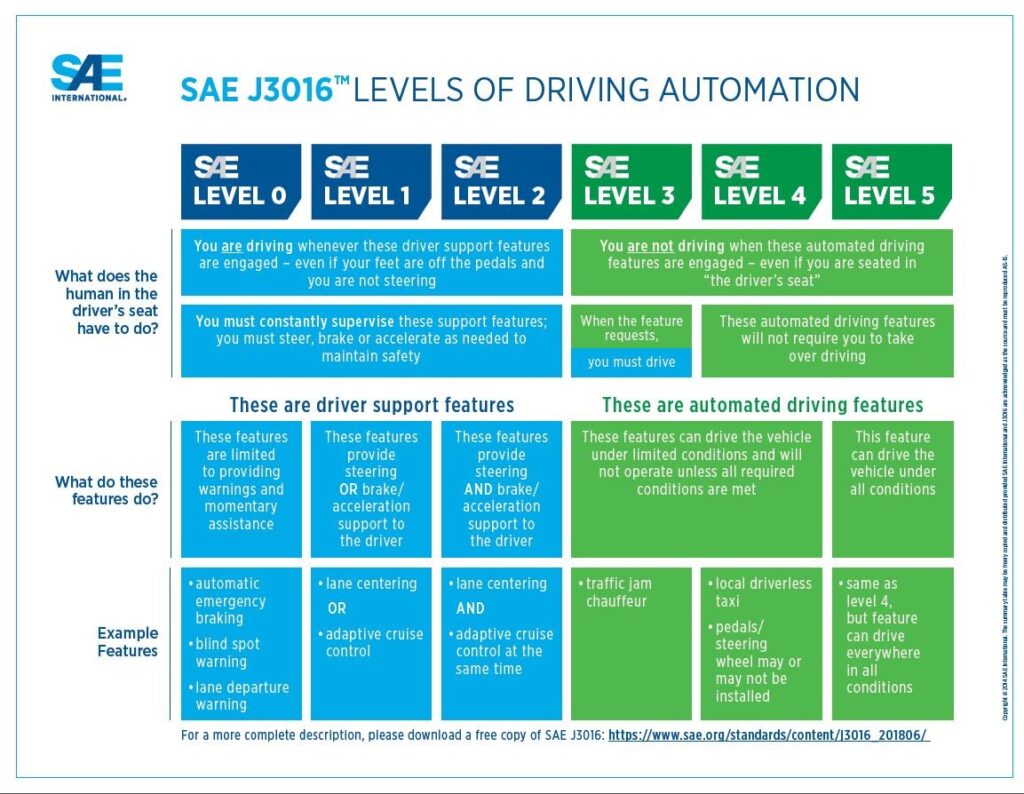Around 1,200 people are killed each year on Australia’s roads and about 40,000 are seriously injured. Even one death on our roads is one too many.
The FCAI supports the Australian Government’s commitment towards the goal of zero deaths and serious injuries on our roads by 2050 (Vision Zero).The National Road Safety Strategy 2021~2030 is the framework aiming to deliver significant reductions in road trauma to our communities.
The FCAI agrees that safe cars, safe roads and safe drive behaviour are key elements in the systems approach to improved road safety outcomes.
New vehicles provided by FCAI member brands to the Australian market have a strong emphasis on safety and include some of the very latest safety, security and environmental technologies available anywhere in the world.
We have one of the most competitive new car markets in the world. This competition is good for road safety, with manufacturers continually striving to introduce the very latest technologies into their vehicles.
Recent advances in safety included forward collision warning, blind spot warning systems, autonomous emergency braking, lane departure warning systems and lane keeping assist systems.
FCAI member brands are currently introducing vehicles with advanced driver assistance systems into Australia, as part of the progression to true driverless cars.
These systems are available in many new vehicles today.
Advanced Driver Assistance Systems
Advanced Driver Assistance Systems (ADAS) are vehicle-based systems that assist the human driver with the task of safe vehicle operation.
FCAI member companies are increasingly bringing ADAS to the Australian market. These systems bring benefit to all road users, not only the driver of the vehicle equipped with ADAS, but other drivers and Vulnerable Road Users (VRUs) including cyclists and pedestrians. ADAS enables vehicles to move closer towards automated operation.
In its standard SAE J3016, the Society of Automotive Engineers has categorised vehicle automation into six levels each with decreasing degree of driver engagement.
- Level 0: No Driving Automation
- Level 1: Driver Assistance
- Level 2: Partial Driving Automation
- Level 3: Conditional Driving Automation
- Level 4: High Driving Automation
- Level 5: Full Driving Automation

ADAS provides increasing level of data and information to the automated systems and falls broadly into different categories.
- Visual environment monitoring
- Alerts and Warnings
- Collision avoidance and mitigation
- Driver task assistance
FCAI supports the use of ADAS to improve the driver’s experience, reduce human error in the driving task leading to improved road safety outcomes.
Autonomous Emergency Braking
The fitting of Autonomous Emergency Braking, known as AEB, is on the rise in Australia. AEB is known to show a significant reduction in low speed rear-end crashes around the world and manufacturers selling vehicles in Australia are increasingly fitting this and other safety technology into the models they are bringing to the Australian market. Fitting rates in Australia are comparable to major European markets.
Cooperative Intelligent Transport Systems
Cooperative Intelligent Transport Systems (C-ITS) enables communication and real-time information sharing between vehicles (V2V) and roadside infrastructure (V2I) as well as to pedestrian and cyclists via wireless consumer devices, in order to improve safety, productivity, efficiency and environmental outcomes. Many brands have already indicated that they will release vehicles fitted with C-ITS in the next few years in both Europe and the United States. It is likely that FCAI member brands will also introduce vehicles fitted with C-ITS in the near future. To facilitate the introduction of vehicles with C-ITS, and to send a signal to governments on the standards for road infrastructure, it is important for the industry to advise the various levels of government of our view on spectrum allocation, the standards required and a regulatory model.
ATV Safety
The FCAI promotes the safe use of all-terrain vehicles (ATVs) and encourages ATV users to undertake training and follow known safety practices when using their vehicles. These practices include wearing a helmet and other appropriate safety gear, not carrying more than the manufacturer’s approved number of passengers, not overloading the ATV, not allowing children to ride adult-sized ATVs and not riding under the influence of drugs and alcohol. Read more…